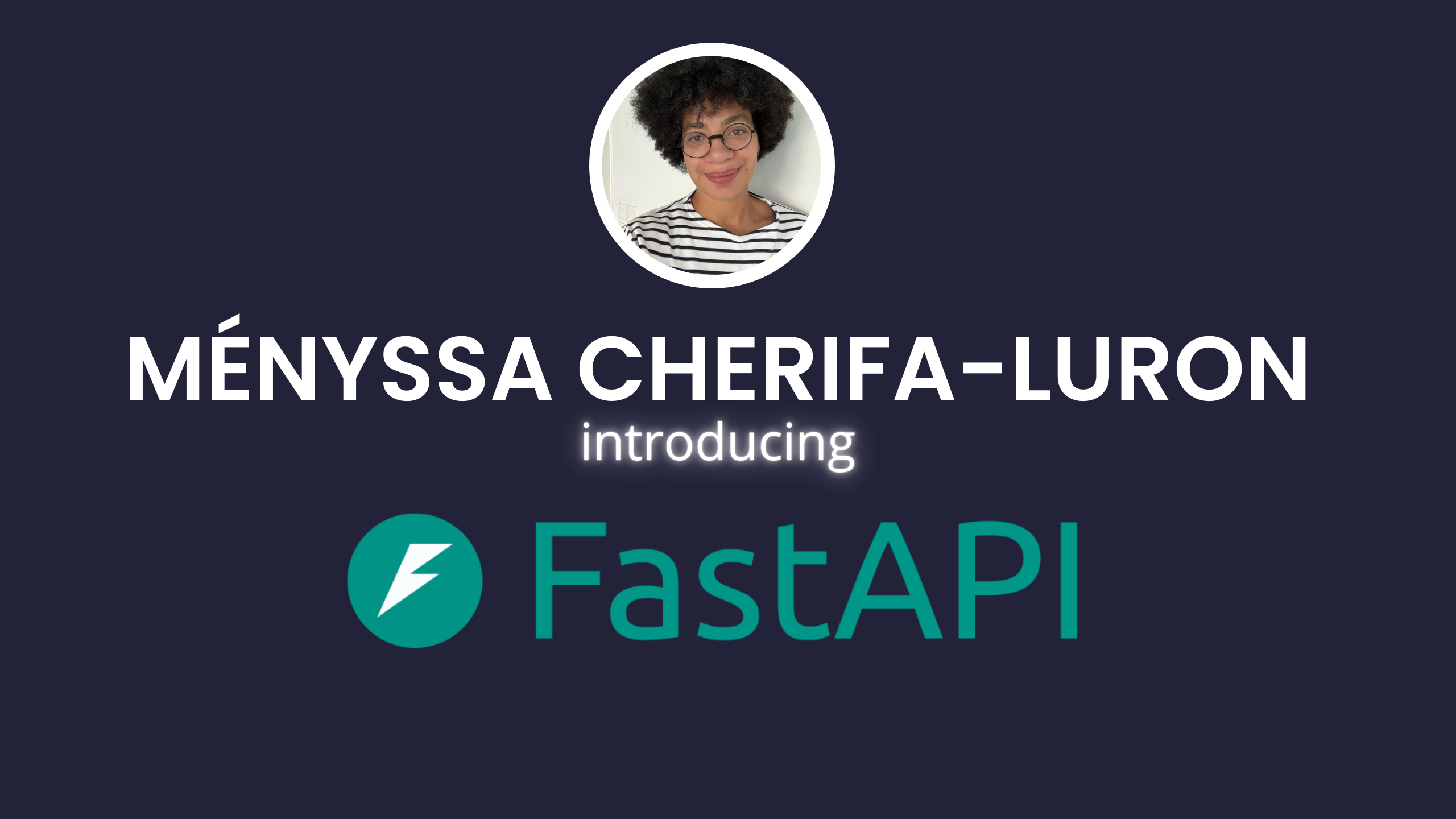📑 Instructors
HealthPredictor: A Healthcare Machine Learning Application
Welcome to the HealthPredictor Project guide!
This document outlines the framework for delivering the HealthPredictor project, designed for students to develop a comprehensive full-stack healthcare application.
This project combines machine learning, FastAPI for the backend, and a modern frontend framework. Through this experience, students will gain valuable insights and hands-on skills relevant to real-world healthcare challenges.
Project Objectives
By the end of this project, students will be able to:
- Develop a FastAPI application with machine learning capabilities to predict health risks based on user input.
- Create a responsive frontend using a JavaScript framework (React, Vue.js, or Angular) that interacts seamlessly with the backend.
- Implement RESTful API endpoints for data management and predictions.
- Deploy the application using Docker and set up Continuous Integration/Continuous Deployment (CI/CD) pipelines for automated deployment.
- Apply best practices in software development, including code organization, documentation, and testing methodologies.
Project Structure and Phases
The FastAPI FullStack template
Phase 1: Research and Planning (1 week)
- Activities:
- Students select a healthcare dataset (e.g., heart disease, diabetes, or other relevant datasets).
- Outline the features and functionalities of the application, including user input forms and prediction results.
- Design the database schema, ensuring it meets the application’s requirements.
- Deliverables:
- Dataset Selection Document: Justification for the chosen dataset and its relevance to the project.
- Project Feature List: A comprehensive list of features and functionalities.
- Initial Wireframe Designs: Mockups of the user interface and user experience.
- Database Schema Diagram: Visual representation of the database structure.
Phase 2: Backend Development (2 weeks)
- Activities:
- Develop the FastAPI application to handle backend logic.
- Create scripts for building and training machine learning models using libraries like scikit-learn or TensorFlow.
- Implement SQLAlchemy for database management, ensuring proper connections to the selected relational database (e.g., PostgreSQL or SQLite).
- Deliverables:
- FastAPI Application Code: Codebase for the backend with endpoints for model training, predictions, and CRUD operations.
- API Documentation: Auto-generated documentation using Swagger, including endpoint specifications.
- Database Migration Scripts: Scripts to set up the database schema and tables.
Phase 3: Frontend Development (2 weeks)
- Activities:
- Build the user interface using Streamlit, React, Vue.js, or Angular, ensuring it is intuitive and user-friendly.
- Integrate the frontend with the FastAPI backend using Axios or Fetch API for data transmission.
- Implement data visualization components to present prediction results and insights.
- Deliverables:
- Frontend Codebase: Complete code for the user interface.
- User Interface Designs: Documentation on UI components and their functionalities.
- API Integration Documentation: Guidelines on how the frontend interacts with the backend.
Phase 4: Testing and Deployment (1 week)
- Activities:
- Conduct thorough testing of the application for functionality, usability, and performance.
- Containerize both backend and frontend applications using Docker to simplify deployment.
- Deploy the applications to cloud platforms (e.g., AWS, Heroku, or Azure) and set up CI/CD pipelines using GitHub Actions or similar tools.
- Deliverables:
- Test Cases and Results: Documentation of testing strategies and results obtained.
- Dockerfiles: Configuration files for containerizing both applications.
- Deployment Instructions: Comprehensive guidelines for deploying the application, including CI/CD pipeline configurations.
Assessment Criteria
- Functionality (30%)
- Does the application perform the required predictions accurately?
- Are all specified features implemented correctly?
- Code Quality (25%)
- Is the code well-structured, organized, and documented?
- Are best practices followed in both backend and frontend development?
- User Experience (20%)
- Is the user interface intuitive, responsive, and aesthetically pleasing?
- Are the visualizations clear, meaningful, and useful for end-users?
- Deployment (15%)
- Is the application deployed successfully with proper accessibility and performance?
- Are CI/CD pipelines functioning correctly and efficiently?
- Presentation and Documentation (10%)
- Is the project documentation clear, comprehensive, and well-structured?
- Did the team effectively present their project and findings, demonstrating an understanding of the technologies used?
Supporting Materials
- Datasets:
- FastAPI Documentation:
- Frontend Framework Documentation:
- Docker Documentation:
- CI/CD Resources:
Feel free to adapt the timeline and assessment criteria to best fit your course structure and learning objectives!
Let’s inspire the next generation of developers to innovate in healthcare technology!
